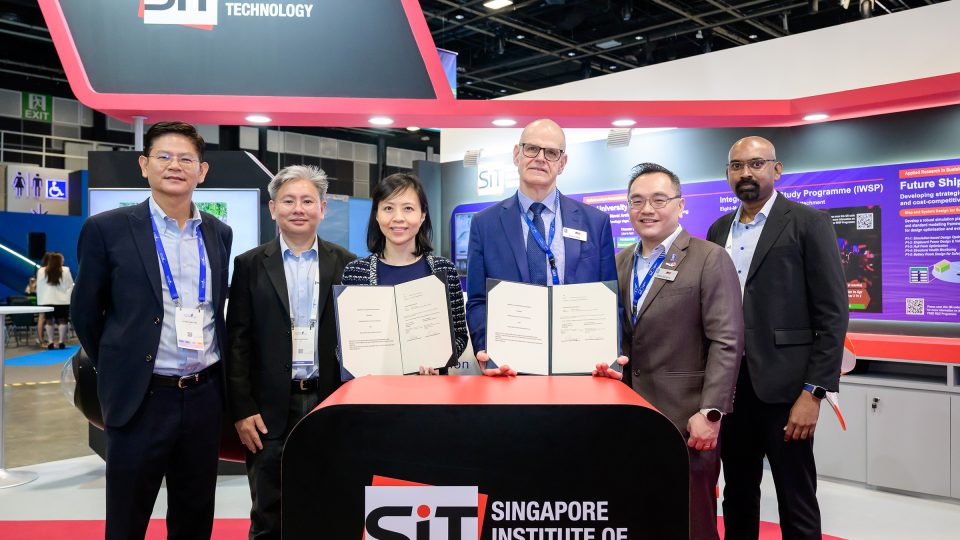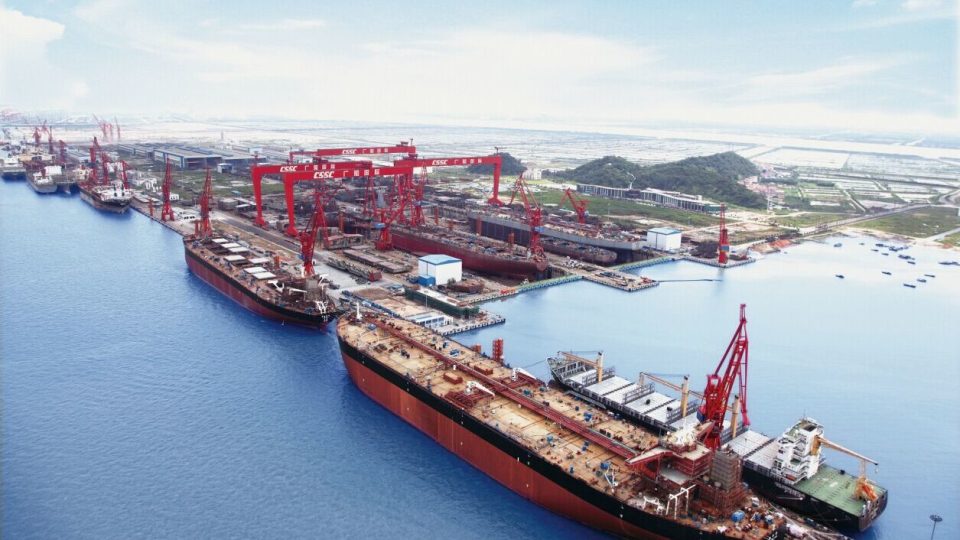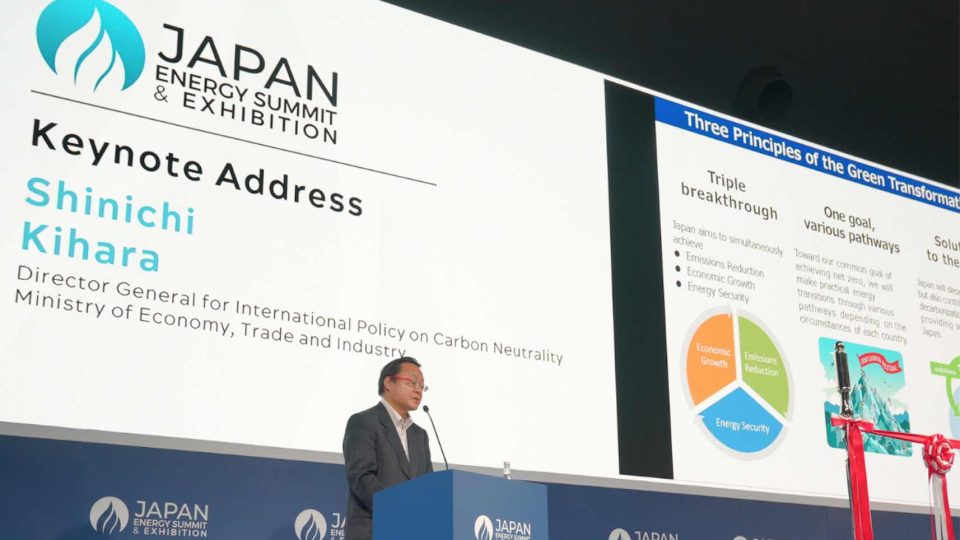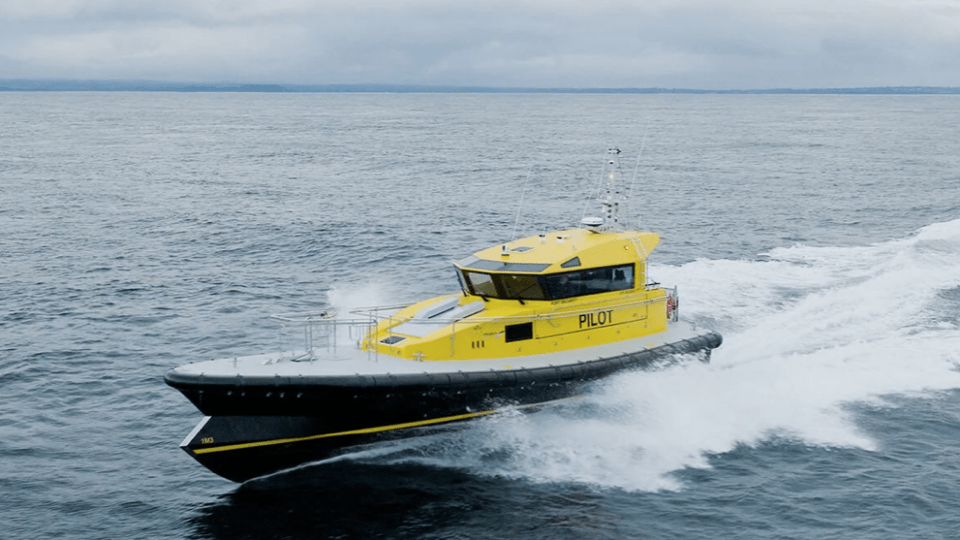Scania Next Generation: the DC13 takes the sea
The Diesel of the Year 2023, the Scania Next Generation DC13, has taken the dive. At the SMM we were told this beautiful story by Neeraj Sharma, global sales development manager e-mobility, sales and marketing, Power Solutions, and Oleg Nikitin, product manager, Power Solutions. Read the full story in the November issue of Powertrain International.
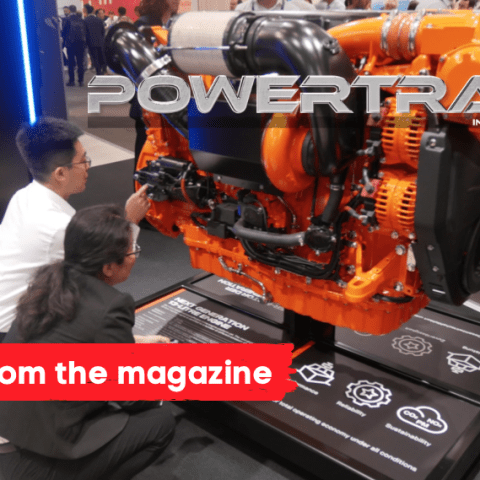
The Diesel of the Year 2023, the Scania Next Generation DC13, has taken the dive. At the SMM we were told this beautiful story by Neeraj Sharma, global sales development manager e-mobility, sales and marketing, Power Solutions, and Oleg Nikitin, product manager, Power Solutions.
“The new platform for these engines is scheduled to be available to customers by the end of 2025. Throughout 2026, the offering will continue to expand with various configurations. The pleasure boats version will be introduced towards the end of this phased release, closer to the end of 2026.”
Key changes in marinization
Oleg highlighted the differences between marine engines and their industrial or truck counterparts: the core engine block and cylinder head remain mostly the same across industrial, truck, and marine versions. However, the marine engine has more robust aluminium cover, as opposed to the standard plastic cover found in industrial versions. Marine engines use a water-to-water cooling system rather than an air-to-water system. Different lubrication systems and fuel systems are required to comply with international marine safety regulations, such as those set by IMO and SOLAS.
The engine must not have any exposed hot surfaces to prevent accidental burns or fires. This involves covering all hot surfaces, including high-pressure fuel pipes, which are double walled to prevent leaks and potential fire hazards. Marine engines feature dual filters for both fuel and oil. These filters are designed to be switched out while the engine is running, ensuring continuous operation even during maintenance. Other components like pistons, turbochargers, and compression ratios vary depending on the specific power and torque requirements of the marine engine.
The engine power range for this new platform spans from 350 hp to 1,050 hp, which is unique for marine applications as these power levels are not common in industrial or truck engines. Unlike some competitors who test engines at maximum power and then derate them, Scania specifies the duty cycle with hardware adaptations for each specific power and torque level, optimizing performance, durability, and fuel consumption. The calibration and software of the engine are also specifically adapted for marine use, accounting for emission regulations and operational requirements, ensuring optimal performance like a well-coordinated orchestra.
Talking about applications
The 13-liters, designed with hybrid integration in mind, is suitable for a range of maritime applications. Here’s a breakdown of its use cases: the engine is highly adaptable for use in ferries, pilot boats, pushers, crew transportation vessels for offshore wind service, and various types of workboats. The platform can support configurations with multiple engines. The quad installations can provide total power outputs exceeding 4,000 hp.
The hybrid applications are particularly useful for start-stop operations. Hybrid systems offer the advantage of combining ICE with electric machines, which are compact but can add significant power (e.g., an additional 400 hp). The hybrid design allows customers to downsize from larger engines, such as 16-18-liter engines, to more efficient 13-liter Scania engines. This downsizing not only reduces the overall weight and size of the engine system but also opens up opportunities for repowering existing vessels. The shift toward hybrid systems is changing how operators think about fuel consumption, lifecycle costs, and overall infrastructure.
As Neeraj Sharma explained, hybrid systems encourage more efficient use of available power, similar to how car drivers adapt to the benefits and limitations of hybrid cars by optimizing power usage based on the driving situation. A five-minute transit between ports can be completed using only battery power. For longer routes, the system can switch to diesel power, providing flexibility and efficiency in operations. Scania’s new engine platform is versatile, catering to a wide range of marine applications from heavy-duty workboats to ferries and specialized vessels. Its hybrid-ready design allows for enhanced power management, fuel efficiency, and operational flexibility.
The new engine platform is designed to be flexible with fuel types, supporting up to 20% biodiesel and 100% HVO. Neeraj Sharma notes that deploying electrification in non-road sectors can bring the quickest market impact. Here, hybrid systems can provide a balance between immediate reductions in emissions and the flexibility of ICE for range and power.
To read the full article click here or download the pdf.




